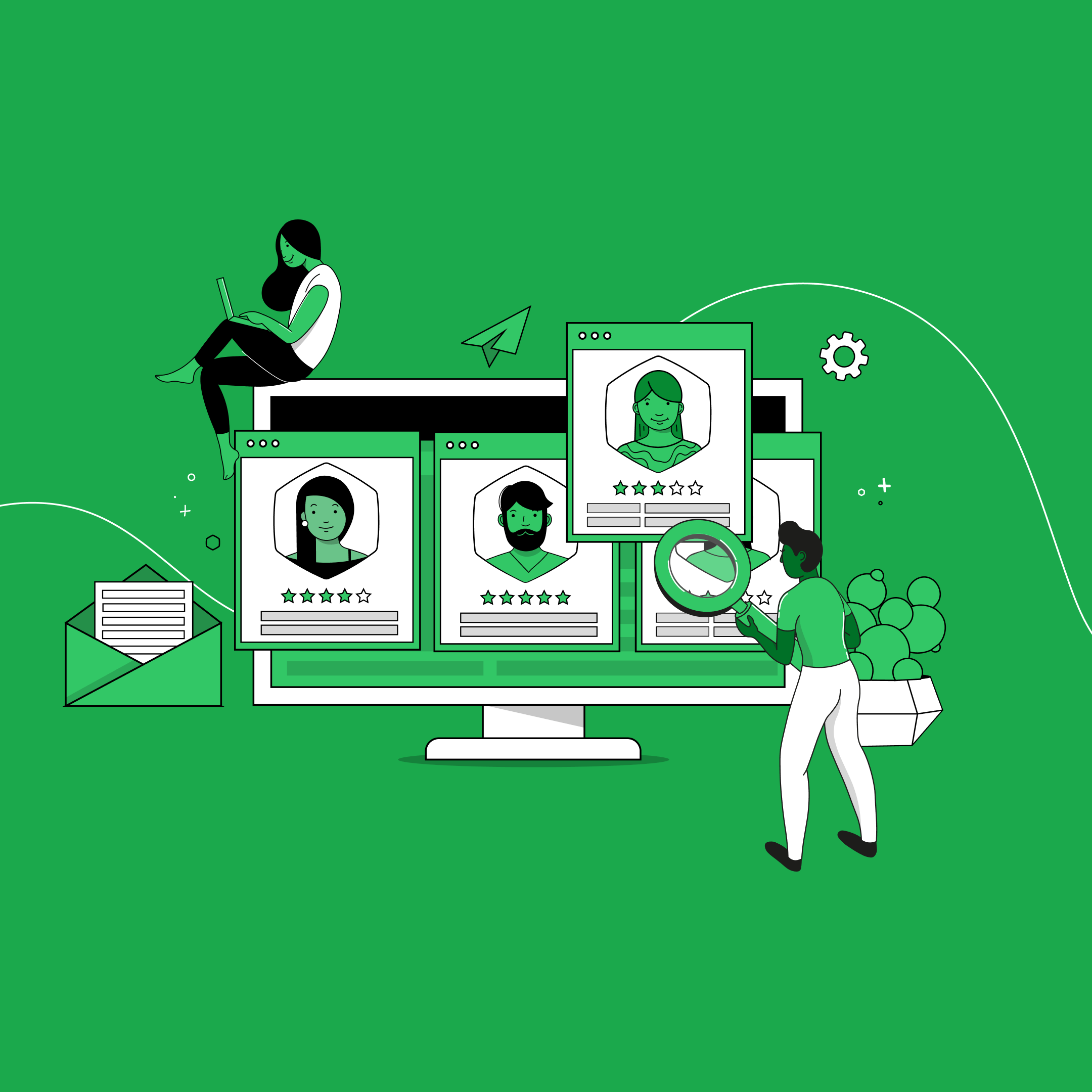
How do you design a truly fair remote hiring process to evaluate developer candidates? On the one hand, we all have unconscious biases that creep into the selection process. On the other hand, recognizing the problem is often the first step in combating them.
Unconscious biases are our brain’s way of organizing large quantities of information. But they’re not always fair. In fact, this can result in missing highly qualified candidates based on blunt proxies, like the pedigree of their education or brand names on their resume.
One Harvard research study that looked at blind orchestra auditions and found that removing the identity of the orchestrators—and just purely listening to the sound of the auditions—made it 50% more likely that a woman would advance to the finals. You can apply the same level of fairness to your screening technique.
In the remote hiring process, you can’t afford to turn candidates away based on unconscious bias. We’ve narrowed down the best practices that have been proven to proven to pinpoint common biases and eliminate them systematically at the first step of the hiring process….and help you hire faster.
Step 1: Sharpen your image of the job
It’s a simple step, but also one of the most overlooked. Before you can find someone to fill a role, you and your team must be in full alignment of what exactly this role entails. If you think about it, every team member has a specific function, which in turn impacts the interactions they’ll have with this candidate. Everyone may have completely different ideas of what the person should do. Without a clear picture of what you’re looking for, your team members may be using different measuring sticks for your candidates.
A "software developer level 1" professional, for instance, could be focused on fixing bugs or troubleshooting at one company. Another developer of the same title could be building databases at another company. A third could be focused on maintaining code. The role you’re filling needs to be clearly defined. The image can’t be a “software developer” in the abstract. The more specific and descriptive your job image, the less likely you are to incur bias in your hiring process.
Step 2: Standardize and structure your remote hiring process
For technical roles, tools vary—and are often quick to change. Assessing core, fundamental, problem solving skills as a standard baseline is a good way to identify high-quality candidates. It also helps to standardize the way you evaluate all candidates.
The average remote hiring process today is left unstructured. You might have one developer ask whiteboard interview questions, while another VP takes them to lunch and learns more about their ability to think through scaling problems. By standardizing your process and allowing each candidate (regardless of ethnicity, gender, etc.) to take the same assessment—at least at the first step of the hiring process—you create more opportunities for people to showcase their skills equally.
Skill assessments sent to candidates first are a much more inclusive way to hire than traditional selection methods, like resume scanning or keyword review.
“Resume screening processes that show gender, ethnicities can affect how companies respond. I’d suggest removing everything other than what’s relevant to the job is a good practice,” explains diversity and inclusion expert Dr. Joe Gerstandt.
Similar to the blind orchestra example above, by asking candidates to take skill assessments before you judge their resume, you can create a more objective remote hiring process.
Step 3: Prepare candidates for what they’ll be tested on during the evaluation process
It feels counterintuitive: Should we really tell candidates what they’ll be tested on? Isn’t that like giving them the answers?
In actuality, this is another way to create a more objective experience in your evaluation process. If you prepare candidates properly on the fundamental coding challenges, you increase the odds of testing for true aptitude—rather than people who happen to be familiar with the question you asked that day. This is a practice not only boots fairness in the hiring process, but also surfaces more high-quality candidates.
Suppressing bias in your remote hiring process
Adding consistent questions tailored to specific jobs—and preparing your candidates—is the key to a truly unbiased remote hiring process for software developers. Eliminating the human intervention in the very first part of the the process helps level the playing field. There’s less chance of a diagnosis bias or first impression bias made by interviewers or reviewers with less predictable opinions.
Whether you’re sourcing, screening, or interviewing—you want to be sure you’re removing any inherent bias from your remote hiring processes. Adopting fair and unbiased hiring practices, the kind that thoroughly evaluates candidates on the exact skills you need, will result in high-quality talent. By taking the 3 steps we’ve outlined, you are sure to begin your hiring process with a level playing field for any candidate looking to join your team.
Editor's Note: This post was originally published in March 2018, and has been updated for freshness by the HackerRank editorial team.


